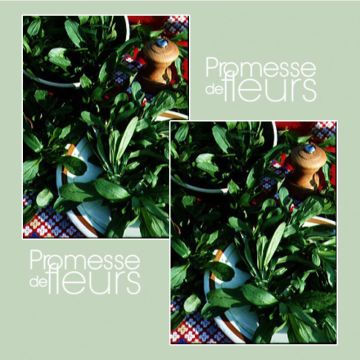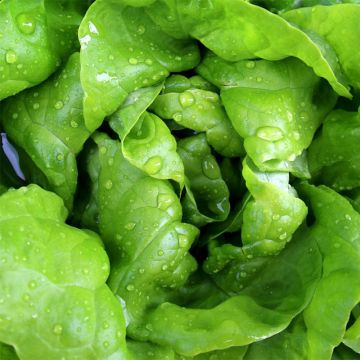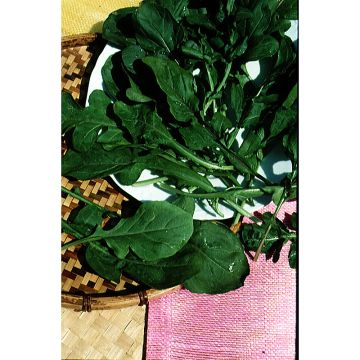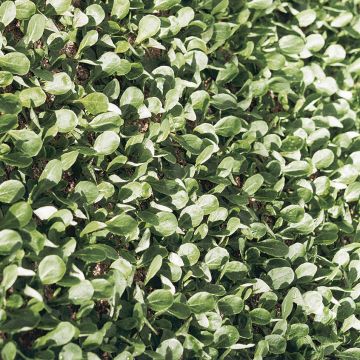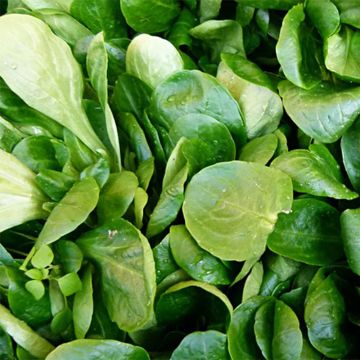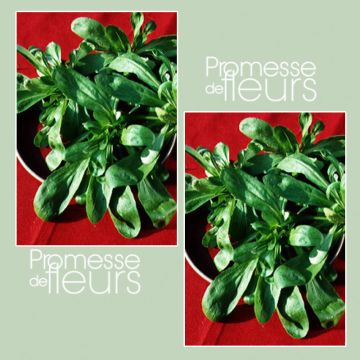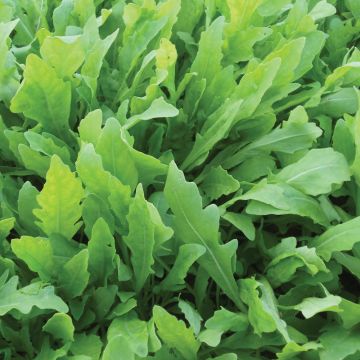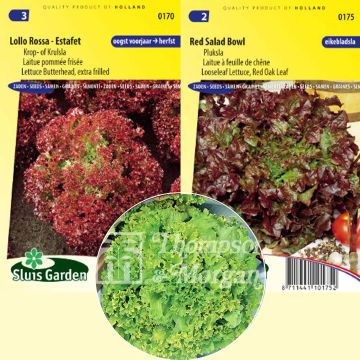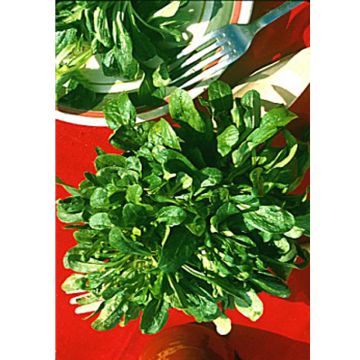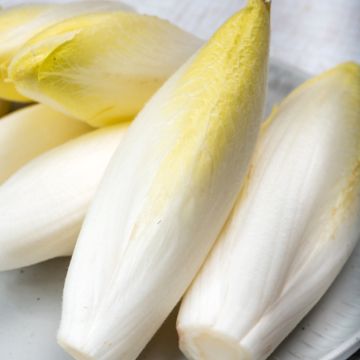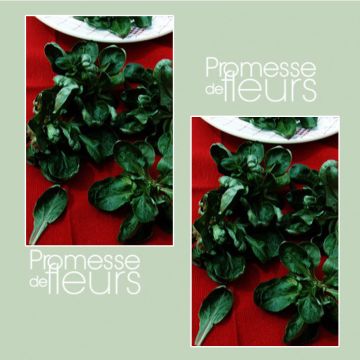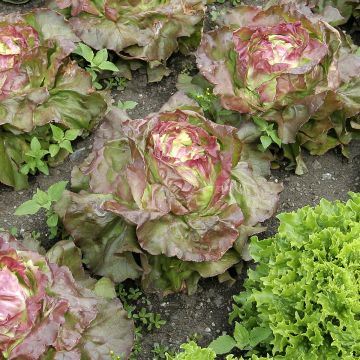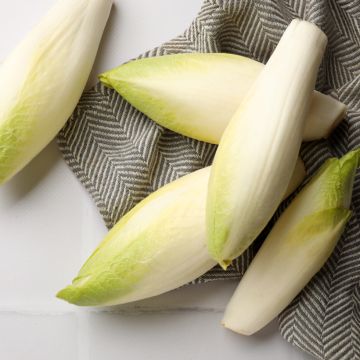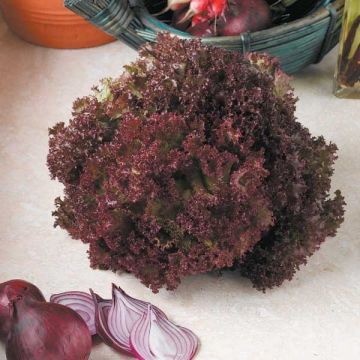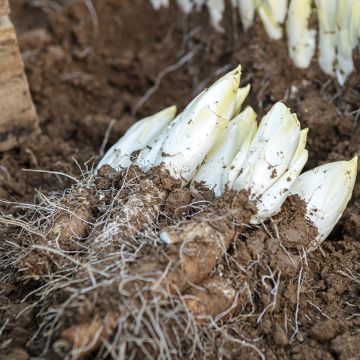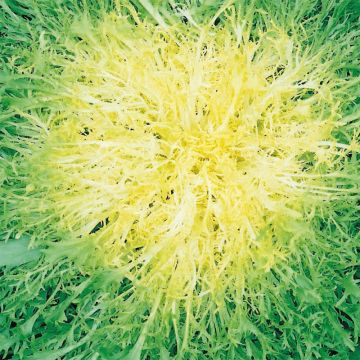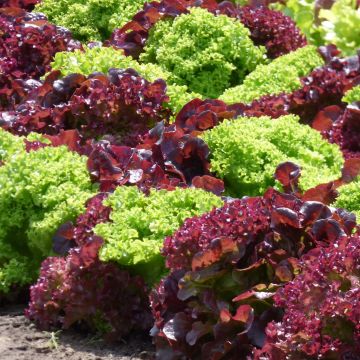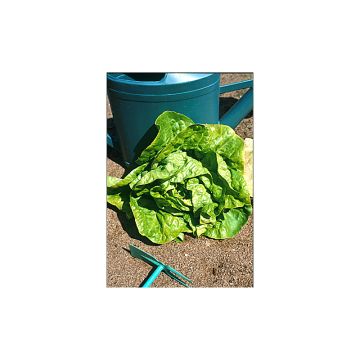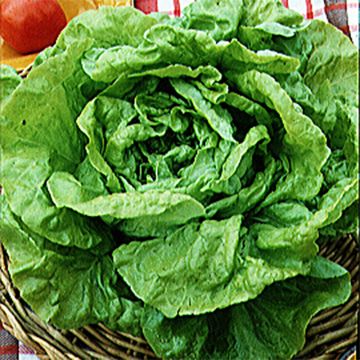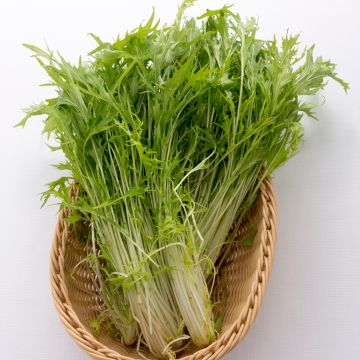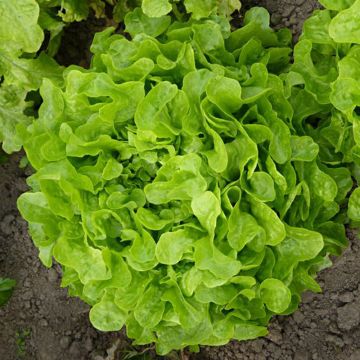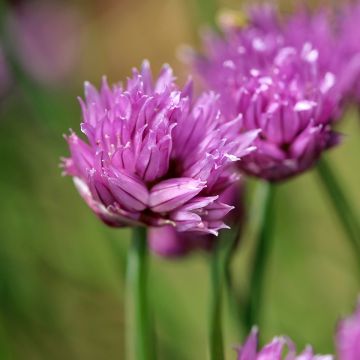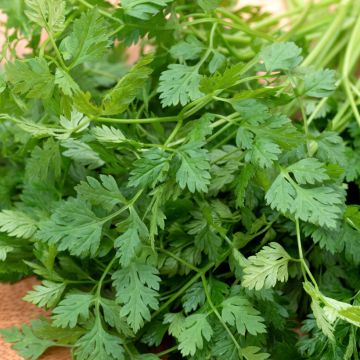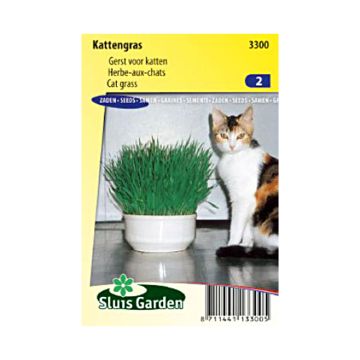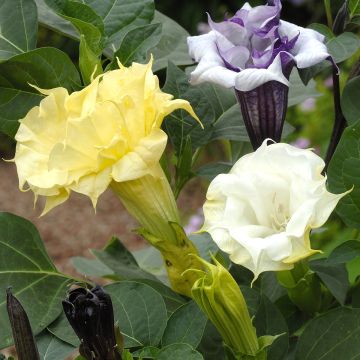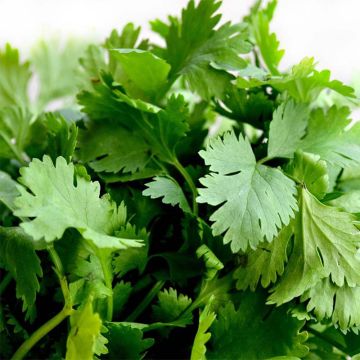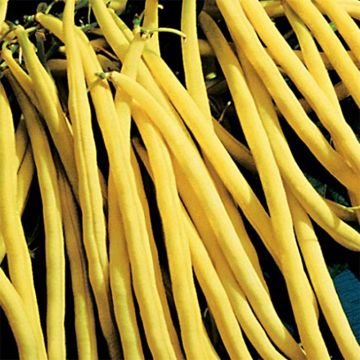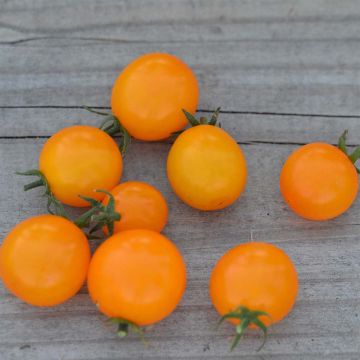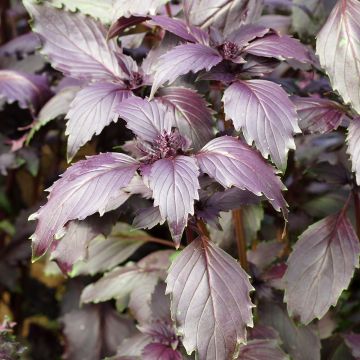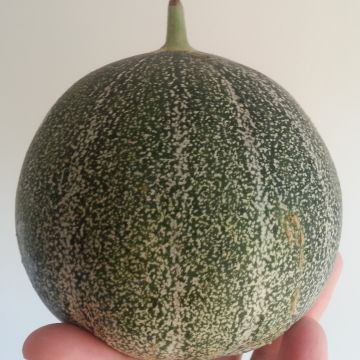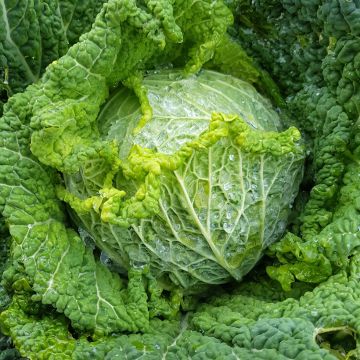Shipping country and language
Your country of residence may be:
Your country of residence is:
For a better user experience on our website, you can select:
Your shipping country:
-
Andorra
-
Austria
-
Belgium
-
Bulgaria
-
Canada
-
Chile
-
Croatia
-
Cyprus
-
Czechia
-
Denmark
-
Estonia
-
Finland
-
France
-
Germany
-
Greece
-
Hungary
-
Iceland
-
Ireland
-
Italy
-
Latvia
-
Lithuania
-
Luxembourg
-
Malta
-
Monaco
-
Netherlands
-
Poland
-
Portugal
-
Romania
-
Slovakia
-
Slovenia
-
Spain
-
Sweden
-
Switzerland
-
United Kingdom
We only deliver seed and bulb products to your country. If you add other products to your basket, they cannot be shipped.
Language:
-
French
-
German
-
Spanish
-
English
-
Italian
My Account
Hello
My wish lists
Log in / Register
Existing customer?
New customer?
Create an account to track your orders, access our customer service and, if you wish, make the most of our upcoming offers.
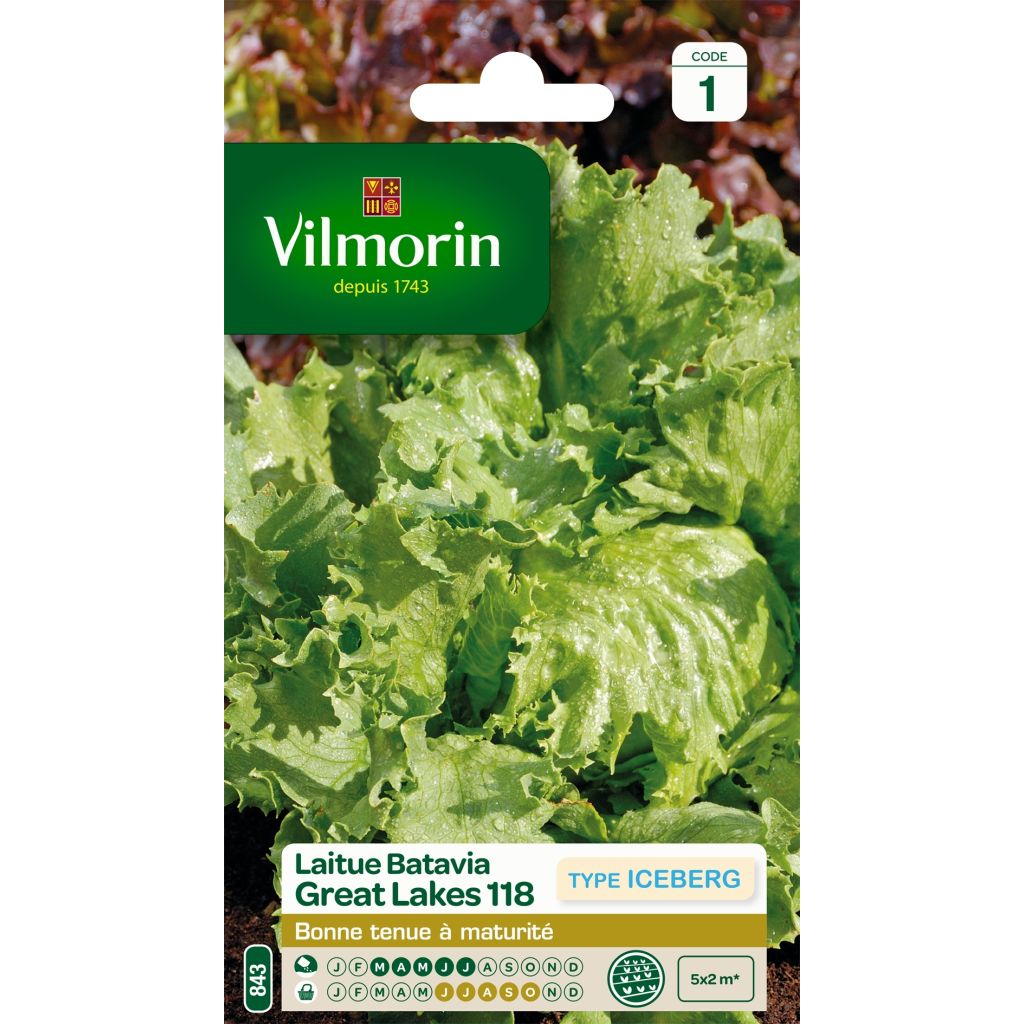

Laitue Batavia Great Lakes 118 (type Iceberg) - Vilmorin
Iceberg Lettuce Great Lakes 118 - Vilmorin seeds
Lactuca sativa Batavia Great Lakes 118
Batavia lettuce, French crisp, Summer crisp, Crisphead
Why not try an alternative variety in stock?
View all →Order in the next for dispatch today!
Dispatch by letter from €3.90.
Delivery charge from €5.90 Oversize package delivery charge from €6.90.
More information
This item is not available in your country.
Schedule delivery date,
and select date in basket
This plant carries a 6 months recovery warranty
More information
We guarantee the quality of our plants for a full growing cycle, and will replace at our expense any plant that fails to recover under normal climatic and planting conditions.
Seed-only orders are dispatched by sealed envelope. The delivery charge for seed-only orders is €3.90.
Description
Lettuce 'Great Lakes 118' is an Iceberg type variety (Batavia) that forms large heads of dark green, crispy leaves. Long-lasting and bolt resistant. Sow from March to July and harvest 8 to 10 weeks later.
Lettuce is one of the most popular vegetables thanks to its deliciously fresh texture and flavour and its numerous health benefits. Generally eaten raw in salads, it is also very good cooked (with peas, for example!)
Lettuce is an annual plant that belongs to the great Asteraceae family. Its Latin name is Lactuca sativa: “lactuca” refers to the white sap that appears when the leaves and stems are cut, "sativa" means "cultivated".
Lettuce an essential member of any self-respecting vegetable garden. With so many varieties available, it can be grown almost all year round. So long as you comply with the growing calendar of the chosen variety, it is easy and quick to grow and will do well in most rich, moist soils.
Harvesting: cut off the lettuce heads at their base when ready.
Preservation: Lettuce can be stored for a few days in the refrigerator but is best eaten fresh.
Useful tip: During hot summers, lettuce exposed to direct sunlight tends to wilt and look miserable. To avoid this, protect the plants from intense sunlight by covering them with overturned crates. Summer lettuces don’t have to be grown in rows: dot them around your vegetable garden, under runner beans, in the middle of a cucumber or squash patch. They will benefit from the extra shade.
NB. Organic seeds (in French "AB" for "Agriculture Biologique") are produced from plants that aren't treated with phytosanitary products (insecticides, weed killers). The seeds do not undergo post-harvest treatment. They carry the AB label and are approved by Ecocert, an independent structure.
Report an error about the product description
Harvest
Plant habit
Foliage
Botanical data
Lactuca
sativa
Batavia Great Lakes 118
Asteraceae
Batavia lettuce, French crisp, Summer crisp, Crisphead
Cultivar or hybrid
Annual
Other Salad leaf seeds
Planting and care
Sowing:
Lettuce germinates at a temperature of about 18°C and usually takes around 10 days.
Sow under cover (cold frame) from February to April or directly outdoors from March to July.
In loose, well prepared soil, sow the seeds in rows, 4 cm apart, 0.5 cm deep and cover with soil. Leave about 15 cm between each row. When the seedlings are strong enough, thin them out by keeping one strong plant every 15 cm.
If slugs and snails are a problem in your vegetable garden, sowing under cover in small pots may be the best option. The plants can be moved to their final position when they are big enough.
Where to grow:
Lettuce is not a very greedy vegetable, but it does require humus-rich soil or else it tends to bolt (go to seed) fairly quickly. Prevent this by raking a bit of well-rotted compost into the top 5 cm of the prepared seed bed in the autumn. Lettuce does well in slightly acidic to neutral soils (PH between 5.5 and 7.5) that are kept moist. Remember to water regularly.
Lettuce can be easily grown alongside other slow-growing vegetables such as beans, tomatoes, cucumbers etc. Avoid growing lettuce next to maize plants.
Seedlings
Care
Intended location
This item has not been reviewed yet - be the first to leave a review about it.
Vegetable seeds
Haven't found what you were looking for?
Hardiness is the lowest winter temperature a plant can endure without suffering serious damage or even dying. However, hardiness is affected by location (a sheltered area, such as a patio), protection (winter cover) and soil type (hardiness is improved by well-drained soil).

Photo Sharing Terms & Conditions
In order to encourage gardeners to interact and share their experiences, Promesse de fleurs offers various media enabling content to be uploaded onto its Site - in particular via the ‘Photo sharing’ module.
The User agrees to refrain from:
- Posting any content that is illegal, prejudicial, insulting, racist, inciteful to hatred, revisionist, contrary to public decency, that infringes on privacy or on the privacy rights of third parties, in particular the publicity rights of persons and goods, intellectual property rights, or the right to privacy.
- Submitting content on behalf of a third party;
- Impersonate the identity of a third party and/or publish any personal information about a third party;
In general, the User undertakes to refrain from any unethical behaviour.
All Content (in particular text, comments, files, images, photos, videos, creative works, etc.), which may be subject to property or intellectual property rights, image or other private rights, shall remain the property of the User, subject to the limited rights granted by the terms of the licence granted by Promesse de fleurs as stated below. Users are at liberty to publish or not to publish such Content on the Site, notably via the ‘Photo Sharing’ facility, and accept that this Content shall be made public and freely accessible, notably on the Internet.
Users further acknowledge, undertake to have ,and guarantee that they hold all necessary rights and permissions to publish such material on the Site, in particular with regard to the legislation in force pertaining to any privacy, property, intellectual property, image, or contractual rights, or rights of any other nature. By publishing such Content on the Site, Users acknowledge accepting full liability as publishers of the Content within the meaning of the law, and grant Promesse de fleurs, free of charge, an inclusive, worldwide licence for the said Content for the entire duration of its publication, including all reproduction, representation, up/downloading, displaying, performing, transmission, and storage rights.
Users also grant permission for their name to be linked to the Content and accept that this link may not always be made available.
By engaging in posting material, Users consent to their Content becoming automatically accessible on the Internet, in particular on other sites and/or blogs and/or web pages of the Promesse de fleurs site, including in particular social pages and the Promesse de fleurs catalogue.
Users may secure the removal of entrusted content free of charge by issuing a simple request via our contact form.
The flowering period indicated on our website applies to countries and regions located in USDA zone 8 (France, the United Kingdom, Ireland, the Netherlands, etc.)
It will vary according to where you live:
- In zones 9 to 10 (Italy, Spain, Greece, etc.), flowering will occur about 2 to 4 weeks earlier.
- In zones 6 to 7 (Germany, Poland, Slovenia, and lower mountainous regions), flowering will be delayed by 2 to 3 weeks.
- In zone 5 (Central Europe, Scandinavia), blooming will be delayed by 3 to 5 weeks.
In temperate climates, pruning of spring-flowering shrubs (forsythia, spireas, etc.) should be done just after flowering.
Pruning of summer-flowering shrubs (Indian Lilac, Perovskia, etc.) can be done in winter or spring.
In cold regions as well as with frost-sensitive plants, avoid pruning too early when severe frosts may still occur.
The planting period indicated on our website applies to countries and regions located in USDA zone 8 (France, United Kingdom, Ireland, Netherlands).
It will vary according to where you live:
- In Mediterranean zones (Marseille, Madrid, Milan, etc.), autumn and winter are the best planting periods.
- In continental zones (Strasbourg, Munich, Vienna, etc.), delay planting by 2 to 3 weeks in spring and bring it forward by 2 to 4 weeks in autumn.
- In mountainous regions (the Alps, Pyrenees, Carpathians, etc.), it is best to plant in late spring (May-June) or late summer (August-September).
The harvesting period indicated on our website applies to countries and regions in USDA zone 8 (France, England, Ireland, the Netherlands).
In colder areas (Scandinavia, Poland, Austria...) fruit and vegetable harvests are likely to be delayed by 3-4 weeks.
In warmer areas (Italy, Spain, Greece, etc.), harvesting will probably take place earlier, depending on weather conditions.
The sowing periods indicated on our website apply to countries and regions within USDA Zone 8 (France, UK, Ireland, Netherlands).
In colder areas (Scandinavia, Poland, Austria...), delay any outdoor sowing by 3-4 weeks, or sow under glass.
In warmer climes (Italy, Spain, Greece, etc.), bring outdoor sowing forward by a few weeks.
